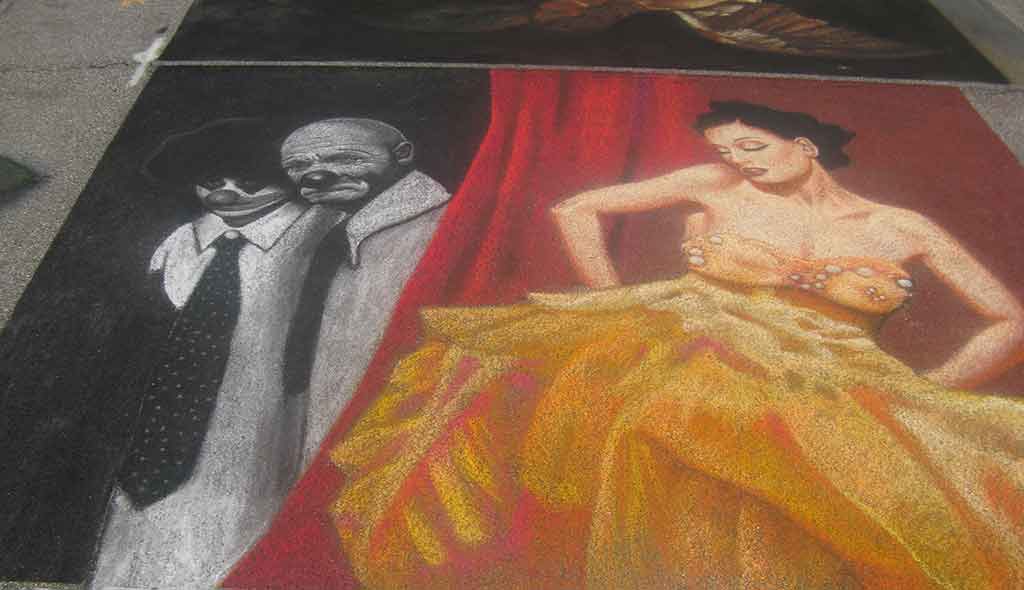Welcome
to Curtatone Italy. If you’are planning to visit Curtatone for your next trip and you are
looking for the best places to visit, here you’ll find tips and suggestions of most
popular point of interest and activities not to be missed in Curtatone and surrounding.
Travelers will appreciate this italian town with
his rich historical and artistic heritage, local culture and environment. Discover the monuments, buildings, natural
treasures and all the details that characterize Curtatone and its territory. Share and suggest a place you've
visited.

Lombardy, Curtatone, Madonnari
In the municipality of
Curtatone, in the province of Mantua, is the locality Le Grazie that interests us for two good reasons: the Sanctuary of Graces, a church of the fifteenth century dedicated to the Madonna, and the boarding of the 'Barcaioli del Mino', a group of expert fishermen and sailors.
Arriving in the hamlet you immediately notice the large square in front of the
church of Santa Maria delle Grazie. Normally, the square is deserted except for some local cats who pass in search of something to munch on. In August, however, the location completely changes its appearance. Where now we can't see that the gray flooring, in the middle days of August the square and its surroundings are full of artists and the public.
Dozens of street artists work on the pavement, the famous madonnaries, to complete their masterpieces. They come from all over the world in honor of Our Lady to participate in this very unique festival.
Very popular in Mantovano, the Fiera delle Grazie attracts tens of thousands of visitors every year eager to admire the beautiful plaster paintings. Going down the square, we enter the Sanctuary. Inside we find a rather unique collection of statues.
Not statues of saints or prelates of the Church but of normal people who praise
Our Lady for the grace received. There are more than fifty of them and each of it has its own peculiarity, from the warrior to the farmer saved from certain death.
The statues are not of high artistic workmanship but most of the time they are coarse with faces and members dyed in rather garish colors. It is said that the statues were built of papier-mache even though studies showed that later these were replaced by statues made of more resistant materials.
written by Adrian Pulford - Last update: 08/09/2021
This guide has been translated automatically through a third party service. Visititaly offers these automatic translations to help site visitors, however the automatic translations may contain inaccuracies, errors or inaccuracies. You can contact us to report inaccuracies or errors and we will check the translation.